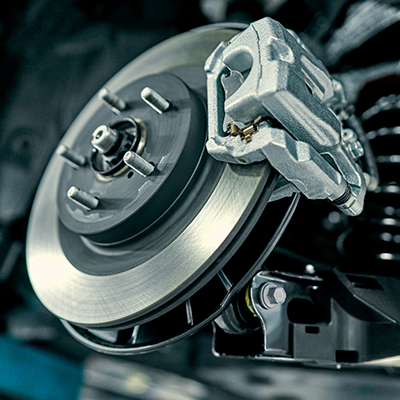Metal brake hose replacement

Metal brake hoses transport the braking fluid under high pressure to each wheel, connecting it to the fuel pump. The most frequent cause of their malfunction is corrosion, rather than mechanical damage. When corroded, the hoses leak the brake fluid, causing the brakes to fail, often in a split second. This is why it is so important to regularly check the entire system.
Tips
- Don't belittle leaks in the braking system
- Damaged hoses cause the brake fluid to leak and disable the braking system
- Make sure you have the brake fluid changed and the braking system vented each time you have the hoses replaced
Scope of services
- Releasing the brake fluid
- Removing the suspension elements obstructing access to the hoses (covers, silencers, wheels)
- Removing the damaged parts of the hoses
- Fitting new hoses in
- Refilling the system with fresh brake fluid
- Venting the braking system
- Checking the joints for potential leaks
- Refitting the suspension elements
- Test drive
Find a car workshop
Check out our workshops that offer the service metal brake hose replacement in some of the biggest cities in your country
Additional info about the service
Where are brake hoses located?
Brake hoses are located underneath a car, and run from the brake pump, located in the engine chamber, towards each brake. Their location makes them vulnerable to corrosion. If corroded, they may compromise your safety; as their role is to transfer high pressure from the brake pump, if they crack, the brake fluid may leak out disabling the brakes.
How is a metal brake hose replaced? **
Replacement of a metal brake hose requires unscrewing both of its tips by means of a dedicated tool. Depending on its location, changing a hose may require removing the wheel, some suspension elements or the housings located underneath a car. It is possible to use ready hoses or universal hoses sold by meters, provided that they have the right shape and tips. After hose replacement it is necessary to remove air from the braking system and perform a test drive to check its operation.
What to keep in mind **
As most of the brake fluid is contained inside the metal hoses, it must be removed before the hoses are unscrewed. This is a perfect moment to change the brake fluid in the entire braking system. You should also keep in mind that as brake hoses are responsible for your safety, their condition is verified during each mandatory technical inspection.